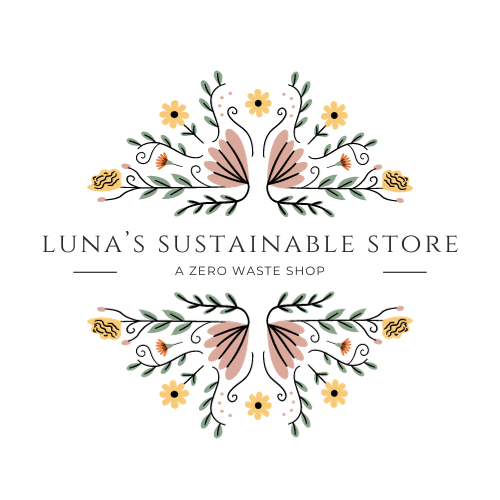As of late, it seems like the terms "sustainability", "going green", and "zero waste" have become synonymous with each other. While going green and zero waste lifestyles are important components of sustainability, they represent just a fraction of what sustainability truly means. Sustainability is not solely about reducing our carbon footprint or producing less waste. Sustainability is a multifaceted approach that considers the intricate interplay between environmental conservation, social equity, and economic viability.
If we want to make a lasting impact and create a sustainable future, we have to understand what sustainability truly means.

Photo Credit
Merriam-Webster defines sustainability as “Of, relating to, or being a method of harvesting or using a resource so that the resource is not depleted or permanently damaged. Of or relating to a lifestyle involving the use of sustainable methods.” (Merriam-Webster). Typically, people will associate sustainability with eco-friendly or zero waste, but sustainability is much greater than that. Green and eco-friendly initiatives are about minimizing the harm we cause to the environment at that moment. Sustainable refers to an activity, lifestyle, and or society that can continue indefinitely through the future. Sustainability is made up of 3 separate pillars; Environmental, Economic, and Social. Theoretically, when these 3 pillars are working together harmoniously, you can have a society with no poverty, hunger, or disease with equal opportunities for everyone, in an environment that the whole society can live off of indefinitely.
The first pillar we’ll be addressing is the environmental pillar, the one you're probably most familiar with. All humans rely on resources from the planet for everything we do. The air we breathe, the water we drink, plants we eat, wood we use to build, energy we use from fossil fuels, wind power, solar power, hydro power, are all ultimately powered by nature or a natural process. If we use our resources too fast, future generations may not have any left. “It’s all about managing resources so that we have what we need today and still have enough for tomorrow." (Perch Energy). Air, water, land, plants, and animals are main factors in the environmental pillar. How can we improve the environment around us in a sustainable way? The UN set 17 goals around sustainability, and a few that pertain directly to environmental sustainability are; Climate Action, Life Below Water, Life on Land, Sustainable Cities & Communities.

Next, we will cover the economic pillar. Let’s start by defining economic sustainability. According to the University of Mary Washington, Economic Sustainability is defined as, “… Refers to practices that support long-term economic growth without negatively impacting social, environmental, and cultural aspects of the community.” (University of Mary Washington). Some of the goals that the UN set regarding economic sustainability include; No Poverty, Decent Work & Economic Growth, Industry, Innovation, and Infrastructure. A good way to think of the economic pillar if it were a cycle. Raw materials will enter the cycle, then through industry, innovation, and infrastructure, the raw materials would be designed, produced, distributed, consumed, collected, then recycled. It is important that through innovation, we limit the amount of residual waste that exits this cycle, and how often a raw material completes the cycle. How can we help limit the amount of residual waste exiting the cycle? “Buy locally sourced goods. Donate money to non-profits that support sustainable practices. Shop second-hand or thrift. Take part in the economy without compromising your quality of life. Purchase from companies that pay workers fairly. Reuse, recycle, and compost materials…” (Oklahoma State University).

Photo Credit
Lastly, we have the social pillar of sustainability. The social pillar focuses on supporting human health and emotional well-being. “… it’s about ensuring that humans have what they need now, and in the future… The emphasis on social sustainability is on ensuring humans have what they need.” (NBS). Social sustainability is starting to really enter into businesses and the workplace in a positive way. Health and safety practices, equality, diversity and inclusion, and fair labor practices are all signs of a healthy, socially sustainable business. Social sustainability goes well beyond the workplace. The UN listed goals around social sustainability are: Zero Hunger, Quality Eduction, Gender Equality, and Reduced Inequalities. Socially, we’re working towards promoting education, stopping hunger and disease, and combating famine in a bearable, equitable way.

Photo Credit
We don't need a few big players doing sustainability 100% right. The beauty of sustainability is that if you have millions of individuals trying to do sustainability correctly, the work every individual puts in will make a positive impact in the sustainability ecosystem. The truth of the matter is, sustainability isn't something you can jump into head first, get right off the bat, and continue forever with no difficulties. In your sustainability journey, you will mess up! You will fail in some spots. Your sustainability journey doesn't have to stop when you fail to stay sustainable. It all starts with one small change. Always learn, always grow, always teach, and always advocate.

